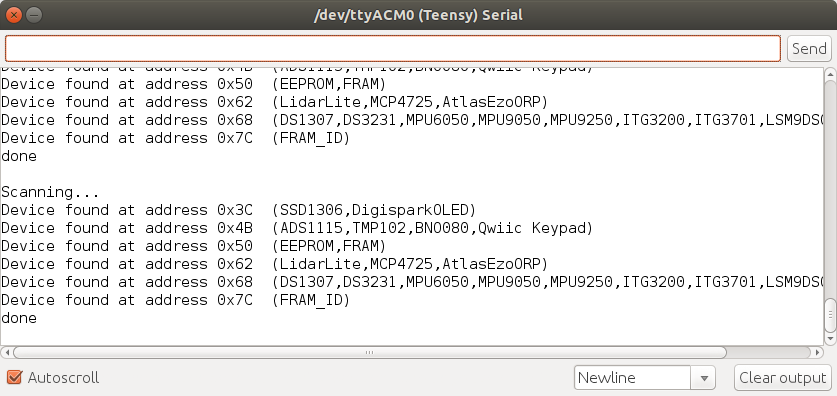
Some connections will require that a 7-bit byte with a parity are used, rather than an 8-bit byte. If the receiver is a Unix tty, and the termio modes are not set correctly, then the character Ctrl-D (EOT or 0x04) can cause the tty driver to signal an end-of-file to the process that has the tty open.Ī serial connection is usually configurable for byte width and possible inclusion of a parity bit. On some devices, NUL and/or DEL characters (0x00 and 0x7F) may simply vanish from the receiver's FIFO. If software flow control is in use, then conventionally the control characters DC1 and DC3 (Ctrl-Q and Ctrl-S, also sometimes called XON and XOFF) cannot be transmitted as data because they are sent to start and stop the sender at the other end of the cable. Restrictions on certain character codes are fairly common.

It is an interesting problem over a serial connection which might have restrictions on what characters can go end to end, and might not be able to pass eight bits per character either. The jargon word you need to look up is "serialization". You can do the conversion anywhere/anyhow you like these functions are just illustrations.

You'll get a NUL-terminated left-adjusted (no leading blanks or zeroes) character string out of the conversion. It has to be told - what kind of an entity it's converting, so you might end up with functions char *float2str( float float_num) and char *dbl2str( double dblnum). The code doing the conversion has be known in advance. Static char retnum // Enough for 20 digits plus NUL from a 64-bit uint.Īnd similar for floats and doubles. If you are working with C, sprintf() is, IMO, the handiest way to do this conversion: Yes, to send these numbers you have to first convert them to ASCII strings.


 0 kommentar(er)
0 kommentar(er)
